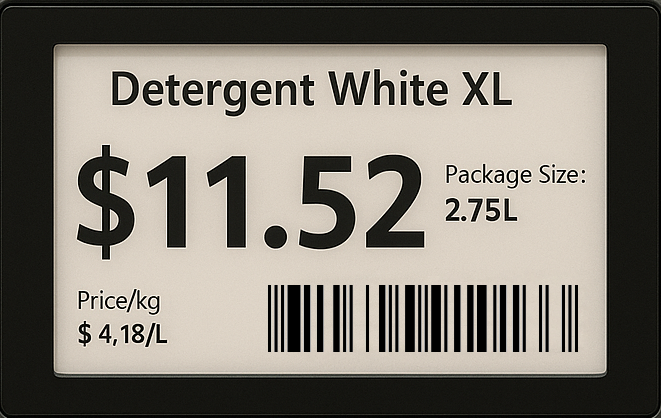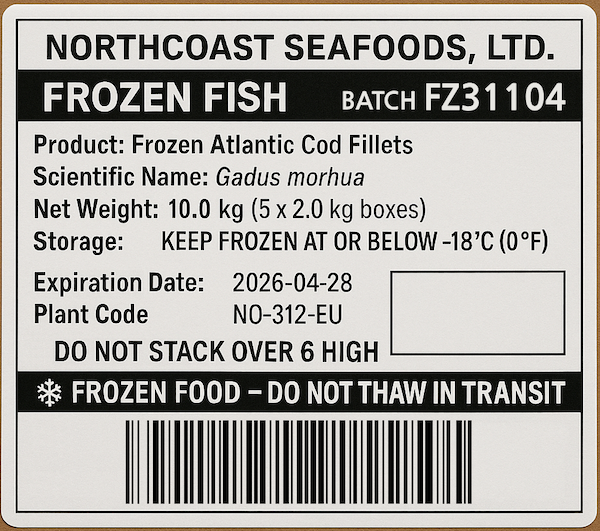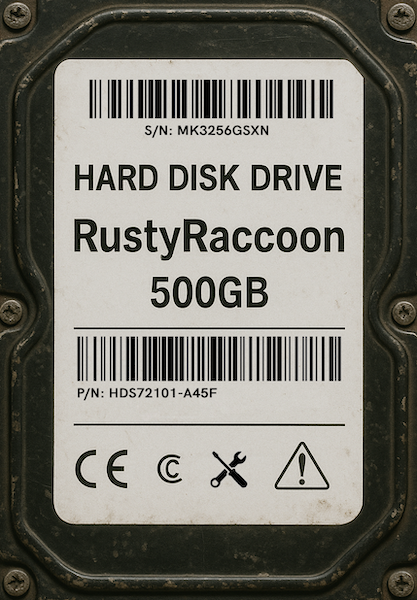Label Definitions
Smart Label Capture provides a Label Definition API, enabling you to configure and extract structured data from predefined and custom labels. This feature provides a flexible way to recognize and decode fields within a specific label layout such as price tags, VIN labels, or packaging stickers without needing to write custom code for each label type.
A Label Definition is a configuration that defines the label, and its relevant fields, that Smart Label Capture should recognize and extract during scans.
There are two approaches to using label definitions:
Pre-built Labels
Smart Label Capture includes ready-made label definitions for common use cases. These pre-built options let you recognize and extract information from standard label types without creating custom configurations:
Example: Price label
Configure a pre-built label definition for price labels, such as those found in retail environments:

let settings = try LabelCaptureSettings {
LabelDefinition.priceCapture(withName: "price-label")
}
Custom Labels
If Smart Label Capture’s pre-built options don’t fit your needs, define a custom label instead. Custom labels can combine your own fields with any of the available pre-built ones.
The following characters are recognized: 0123456789ABCDEFGHIJKLMNOPQRSTUVWXYZabcdefghijklmnopqrstuvwxyz ()-./:,$¶".
Custom Fields
There are two types of custom fields you can define:
The following fluent methods are available to configure custom fields:
| Method | Optional | Description |
|---|---|---|
valueRegex() / valueRegexes() | No | The regex patterns that identify the target string in the scanned content. |
anchorRegex() / anchorRegexes() | Yes | Used to specify keywords or phrases that help identify the context of the field. This is particularly useful when the label contains multiple fields that could match the same pattern (e.g., when both packaging and expiry dates are present). |
symbologies (init param) | No | The barcode symbologies to match for barcode fields. This is important for ensuring that the field only captures data from specific barcode types, enhancing accuracy and relevance. |
optional() | Yes | Whether the field is optional or mandatory. This is helpful when certain fields may not be present on every scan. |
Example: Fish Shipping Box
This example shows how to create a custom label definition for a fish shipping box, which includes fields for barcode and batch number.

let settings = try LabelCaptureSettings {
LabelDefinition("shipping-label") {
CustomBarcode(
name: "barcode-field",
symbologies: [.code128]
)
CustomText(name: "batch-number-field")
.anchorRegexes(["Batch"])
.valueRegexes(["FZ\\d{5,10}"])
.optional(true)
}
}
Pre-built Fields
You can also configure your label by using pre-built fields. These are some common fields provided for faster integration, with all value regex patterns and anchor regex patterns already predefined.
Customization of pre-built fields is done via the valueRegex(), valueRegexes(), anchorRegex(), anchorRegexes(), and optional() fluent methods, which allow you to specify the expected format of the field data.
All pre-built fields come with default value and anchor regex patterns that are suitable for most use cases. Using these methods is optional and will override the defaults.
The resetAnchorRegexes() method can be used to remove the default anchor regexes, allowing you to rely solely on the value patterns for detection.
Barcode Fields
Price and Weight Fields
Date and Custom Text Fields
Example: Hard disk drive label
This example demonstrates how to configure a label definition for a hard disk drive (HDD) label, which typically includes common fields like serial number and part number.

let settings = try LabelCaptureSettings {
LabelDefinition("hdd-label") {
SerialNumberBarcode(name: "serial-number")
PartNumberBarcode(name: "part-number")
}
}